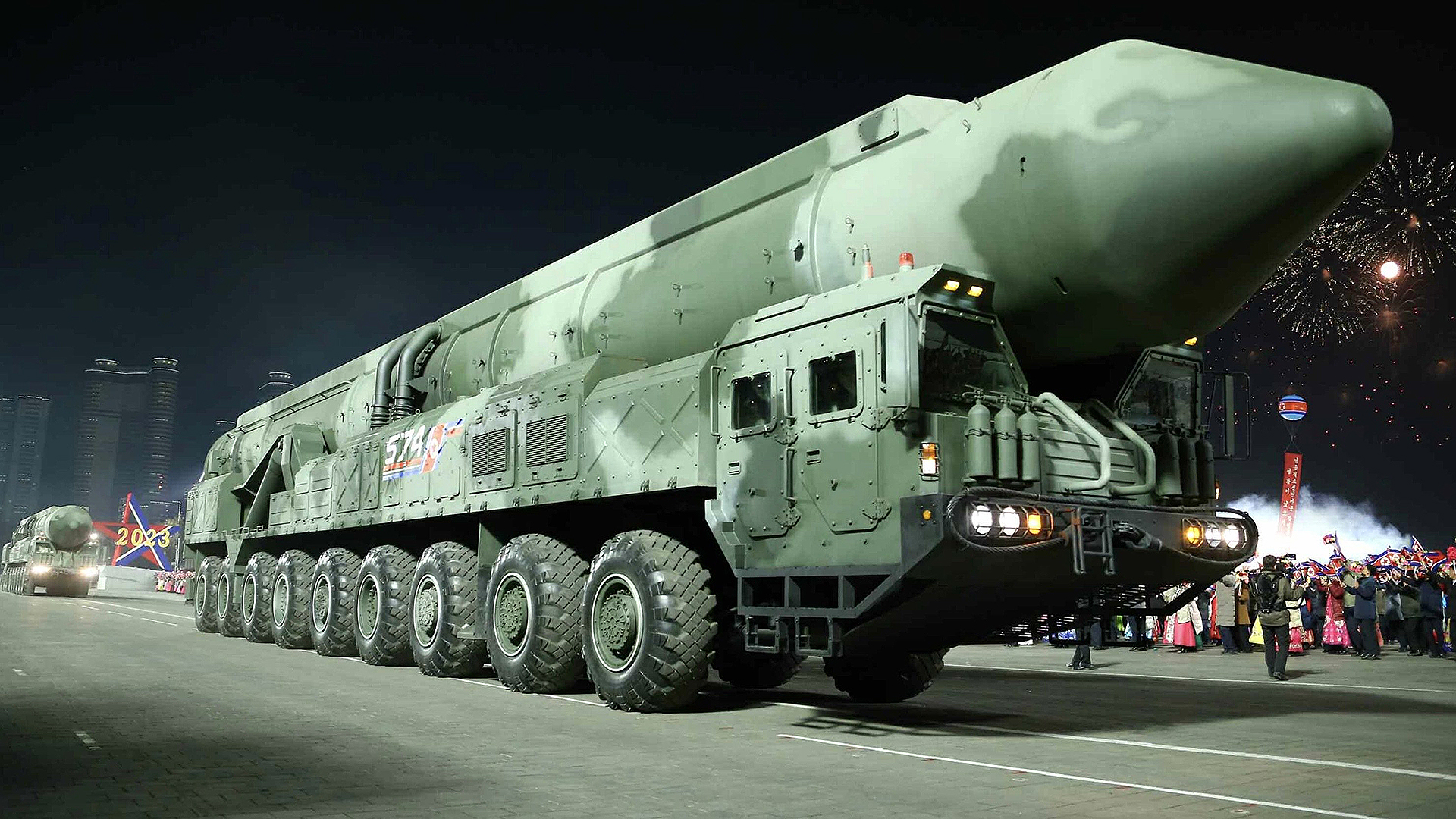North Korea’s latest military parade once again saw intercontinental ballistic missiles, or ICBMs, take center stage, with the country’s biggest-ever display of these weapons, including around a dozen examples of the Hwasong-17, its largest ICBM design to date and very likely the largest road-mobile missile of its kind. At the same time, Pyongyang showed off a mock-up or a possible prototype of what could be a future solid-fuel ICBM design, which would be a significant development for the country’s rapidly evolving strategic missile forces.

The nighttime parade was staged on Wednesday in the North Korean capital to mark the 75th anniversary of the founding of the Korean People’s Army (KPA). In attendance was North Korean leader Kim Jong Un, as well as his daughter, who is becoming a more regular presence alongside her father on military-related occasions.
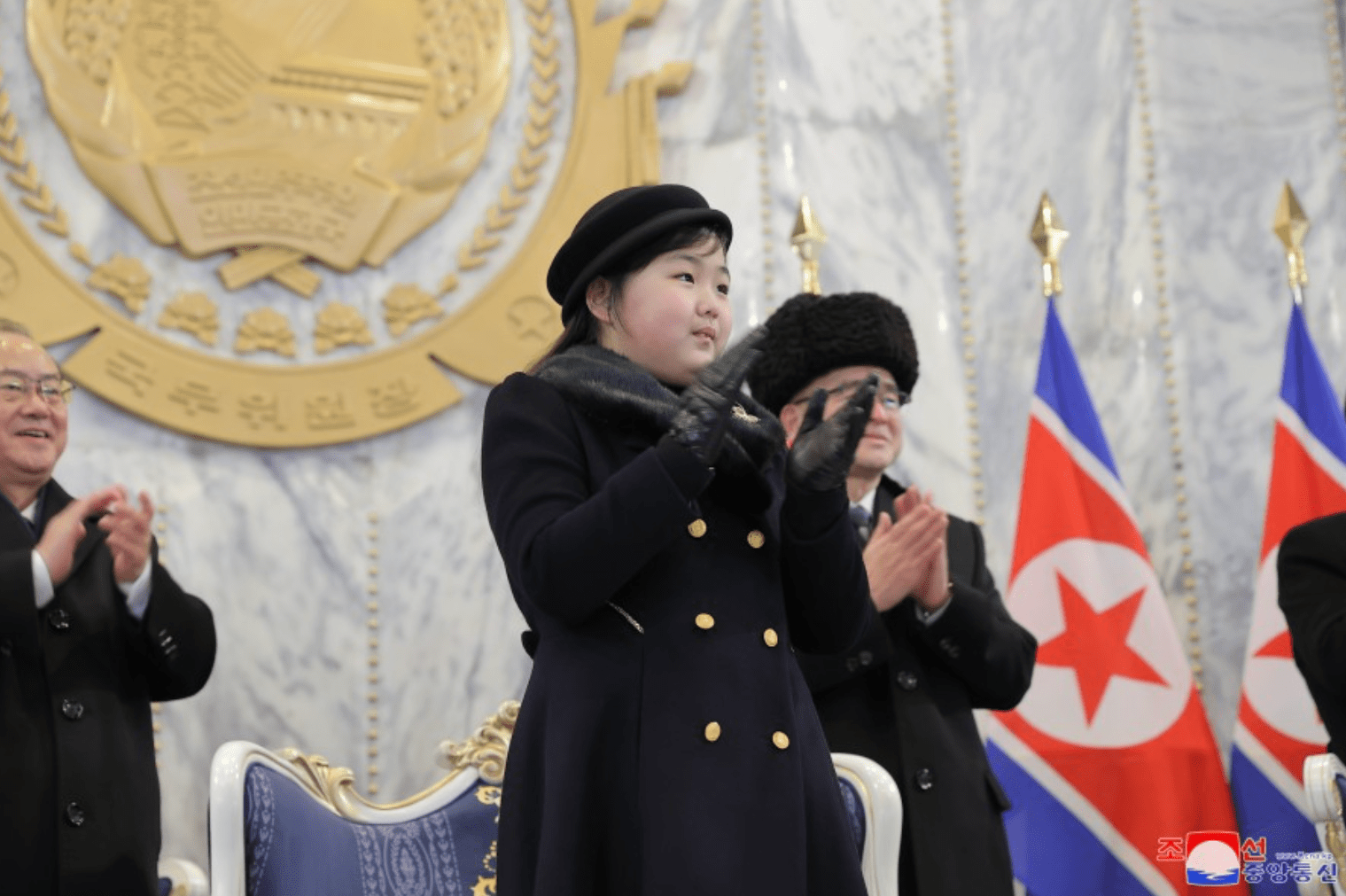
Based on footage released by the state media outlet KCNA, the parade featured 10-12 ‘super-large’ Hwasong-17s, which can carry a nuclear warhead. Reportedly first tested in March of last year, the Hwasong-17 is thought to be able to reach the United States, among other parts of the world.
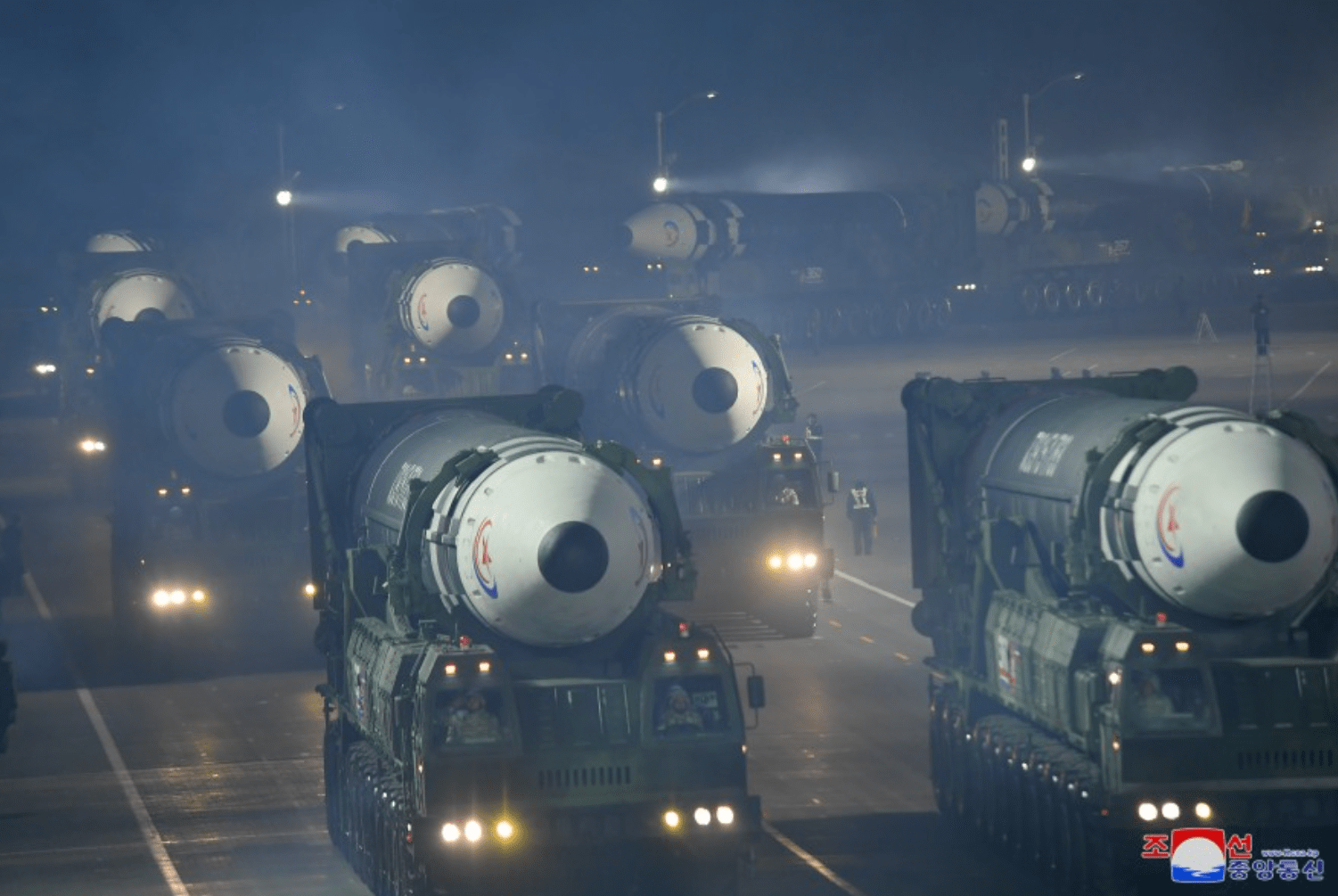
Apparently derived from the earlier Hwasong-15 design, the Hwasong-17 is believed to be a two-stage, liquid-fueled rocket with an estimated overall length of just over 85 feet, and a diameter of almost 9 feet. Its size and design suggest that the Hwasong-17 might be able to carry more than one nuclear warhead in a multiple independently-targetable reentry vehicle (MIRV) configuration.
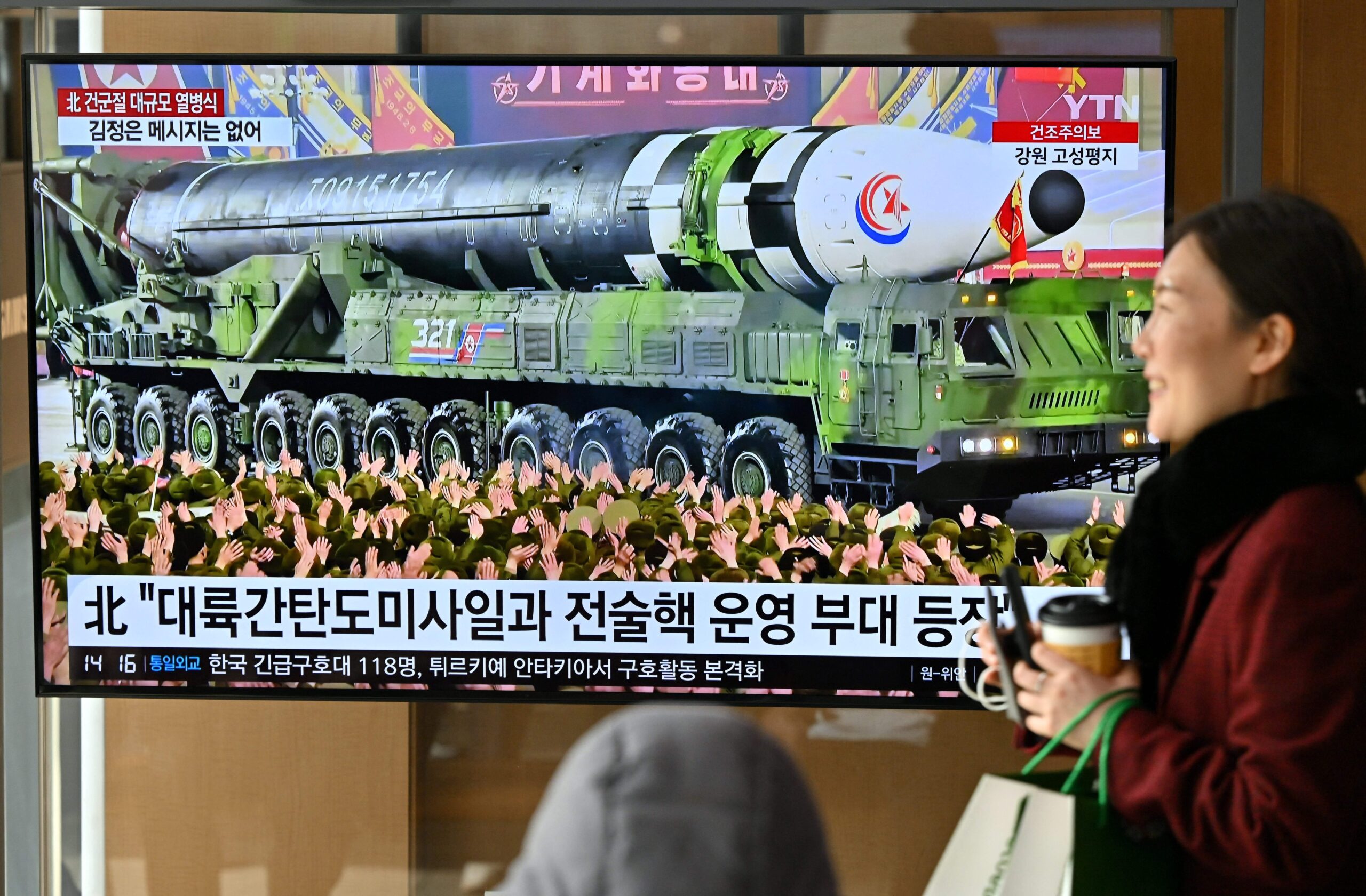
The total number of Hwasong-17s available to Pyongyang is unknown, but even if this was the full inventory, 10-12 missiles could be enough to overwhelm U.S. missile defenses, as they now stand. That, at least, is the assessment of Ankit Panda of the Carnegie Endowment for International Peace. This is based on a calculation of 44 Ground-Based Interceptors, or GBI, deployed in Alaska and California and the likely ability of each of the Hwasong-17s to deliver four warheads.
While the Hwasong-17 has been paraded before, the mock-up or prototype of a possible future solid-fuel ICBM is entirely new. This weapon was displayed in a canister launcher, making it difficult to ascertain how far its development has progressed. Like the Hwasong-17, the new ICBM is road-mobile, being mounted on a version of the nine-axle truck chassis that has been used for the aforementioned Hwasong-15.
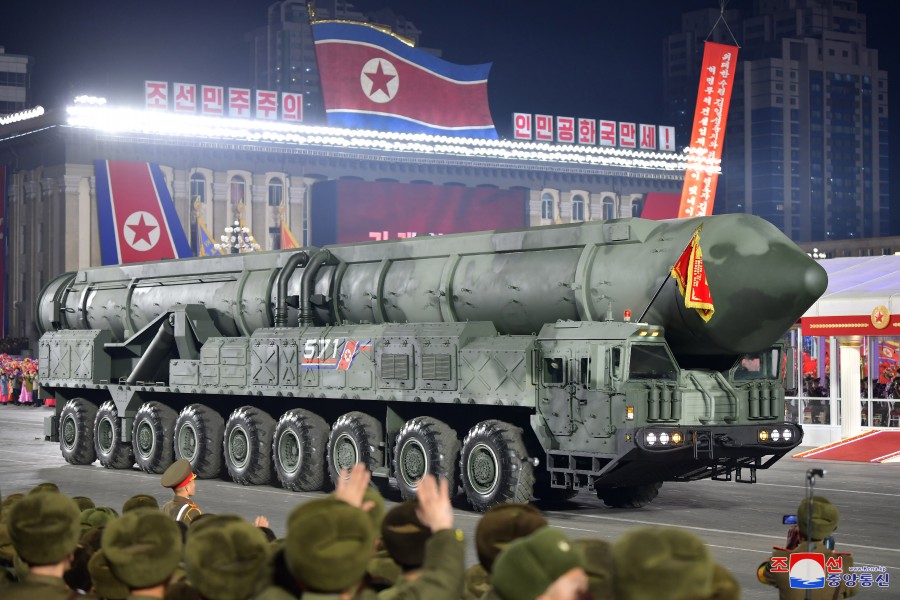
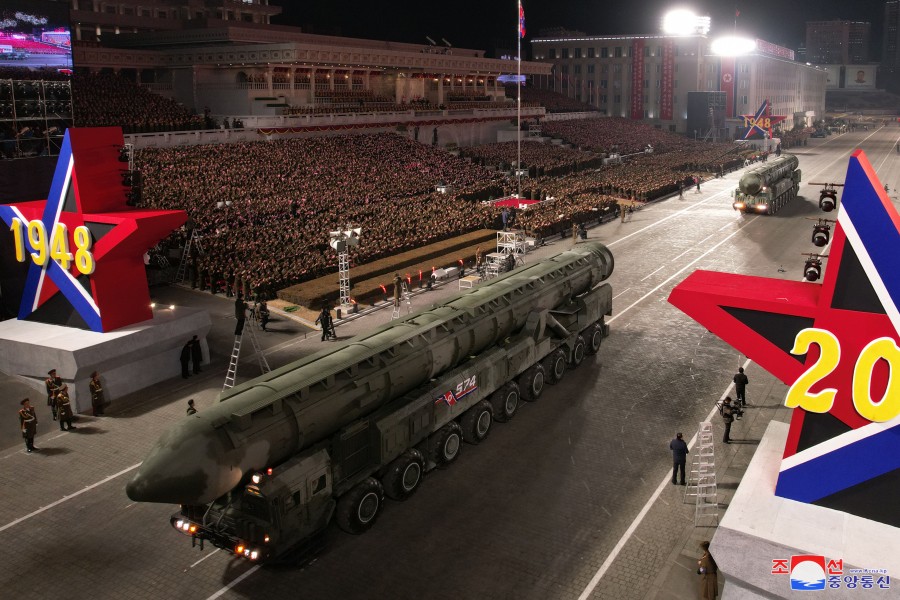
According to Kim Dong-yub, a North Korean weapons expert at the University of North Korean Studies in Seoul, the new missile is likely “a mock-up of a solid-fuel ICBM.” He added that “The canister may have been empty, but we cannot dismiss it as blustering.”
An ICBM of this kind would also be in keeping with Kim Jong Un’s demands of last December, when he called upon his engineers to build a new, solid-fuel ICBM “in the shortest span of time.”
In the past, North Korean parades have included other missile mock-ups, some of which have not subsequently appeared in production form. With that in mind, it’s hard to say whether North Korea has actually succeeded in developing a viable solid-fuel motor for its ICBMs at this point.
A solid-fuel ICBM is clearly an aspiration for North Korea, however, and would bring with it a number of significant advantages. Typically, these kinds of motors are lighter, translating to a longer range than their liquid-fueled counterparts, while at the same time allowing delivery of a heavier warhead payload. That could be especially useful if North Korea is indeed focusing more on MIRVs.
Using solid propellant also means a missile can be brought into action faster, more reliably, and with improved levels of safety. No fueling is required prior to launch. This, in turn, makes storage and transport easier, at least in some ways, and renders the missile much harder for an adversary to target on the ground during its pre-launch process. When combined with a mobile transporter-erector-launcher (TEL), like the one shown in the parade, a solid-fuel ICBM is far more resilient and flexible.
North Korea is known to have been working on this kind of technology for some time now, albeit initially for smaller and lighter ballistic missiles, and a test of a large solid-propellant rocket motor was undertaken last December, at the Sohae satellite launching station. At the time, it was speculated that the motor in question could find its way into one of North Korea’s submarine-launched ballistic missiles (SLBMs), but this is not understood to have happened yet.
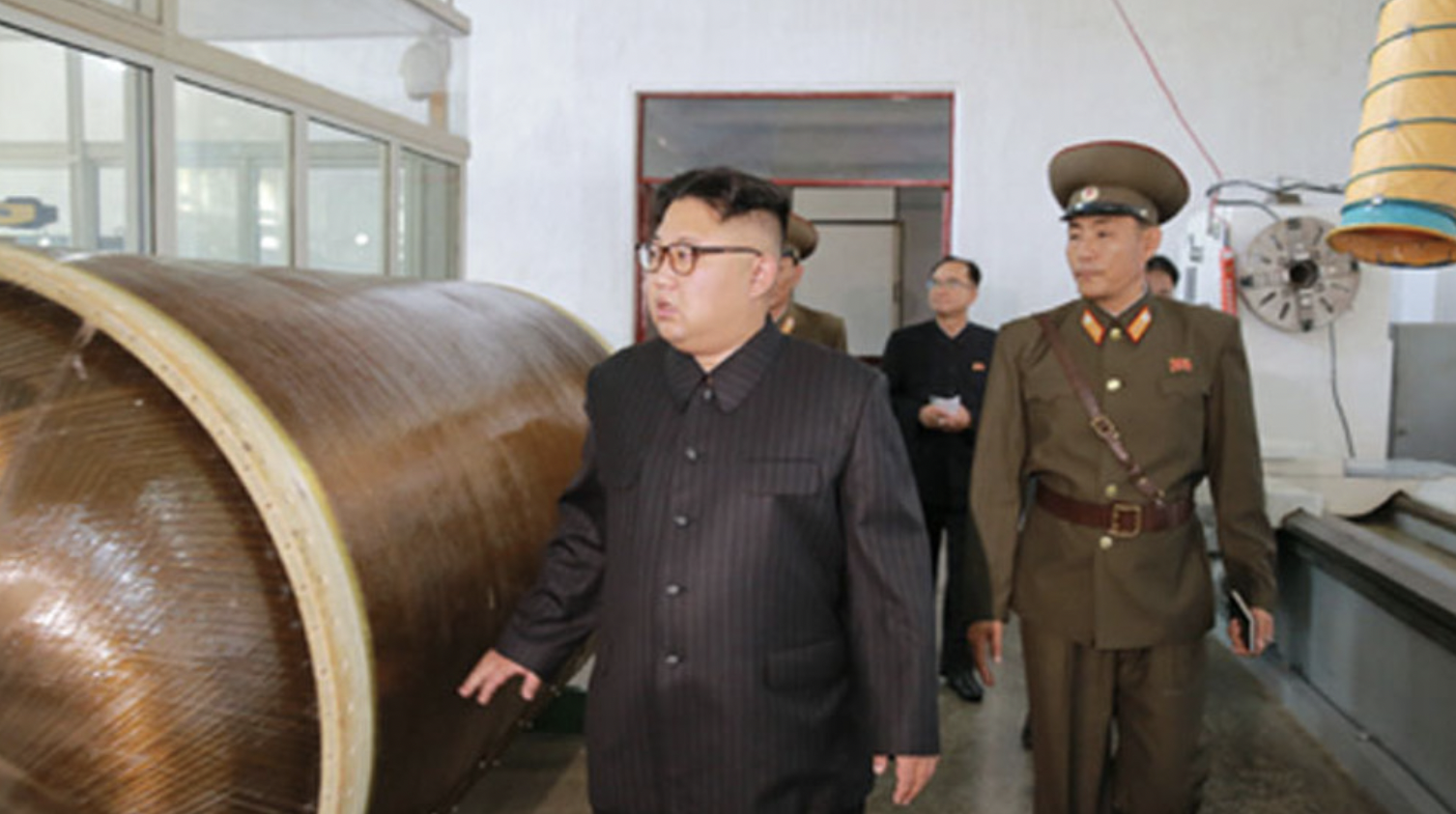
With that in mind, there’s a genuine possibility that the solid-propellant motor is intended for use in a land-based ICBM.
Overall, yesterday’s parade once again illustrates the fast pace at which North Korea is moving ahead with its ballistic missile program, despite the various United Nations Security Council resolutions and sanctions that have been put in place to curb these developments.
Predictably, the South Korean government issued a strong rebuke of the parade, and North Korea’s strategic weapons developments in general. “We urge North Korea to immediately stop illegal nuclear and missile development, and reckless nuclear threats, and promptly return to the de-nuclearization negotiations,” a spokesperson for South Korea’s foreign ministry said.
Last year saw a record number of missile launches by North Korea, including an unprecedented barrage of a reported 23 missiles on November 2 — this was the most ever fired in a single day and also the first time North Korea had fired a ballistic missile across the de-facto maritime border with South Korea. The missiles involved were primarily short-range ballistic missiles (SRBMs), although surface-to-air missiles, and perhaps rocket artillery, seem to have been involved as well.
Last November also saw another launch of the Hwasong-17 heavy ICBM. In many cases, these missile tests were accompanied by statements from Pyongyang warning against U.S.-South Korean joint exercises. Indeed, now that these joint exercises have returned to their formal high-profile shows of force, the related threats issued by the North Korean leadership have only intensified.
It’s not just ballistic missiles that North Korea has been busy launching, with other tests in recent months involving previously unseen hypersonic and cruise missiles of various types.
The test of this particular weapon is clearly intended to signal the country’s growing strategic deterrence capabilities, including challenging any remaining doubts about its ability to directly threaten the United States.
At the same time, Western officials have voiced concerns about another North Korean nuclear test, which would be the first since 2017. Coupled with this is the heightened activity identified at North Korea’s nuclear test site at Punggye-ri. The regime claimed this facility was dormant as of 2018, but satellite images from March 2022 saw renewed construction activity there. Added to this is the recent disclosure from South Korea that it, too, may seek to develop nuclear weapons in the future. At this point, it’s not clear how exactly this might affect the North’s nuclear weapons program, but it’s realistically only likely to add impetus.
Even without a nuclear test, putting heavy ICBMs — and potentially more advanced solid-fuel ICBMs — at the center of its latest parade means that Pyongyang is very obviously highlighting a strategic weapon system that is able to reach the United States. There seems to be no indication that North Korea’s missile development is slowing down, while tensions on the peninsula remain generally high. At the same time, there has been no progress in Washington and Pyongyang restarting talks about the future of North Korea’s nuclear and ballistic missile arsenals, among other issues.
With the war in Ukraine rumbling on, and with the United States dealing with escalating tensions relating to China, it would be unwise for the international community to overlook the increasing threat emanating from North Korea.
Contact the author: thomas@thedrive.com
